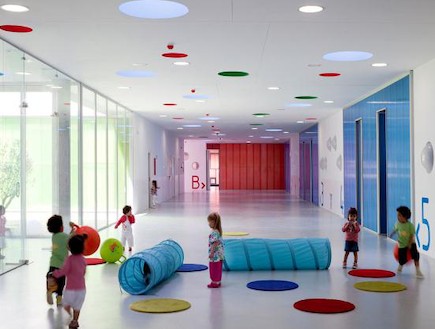Exploring the World's Most Unique Schools
From the jungle classroom to vibrant architecture: A look at intriguing schools in Sweden, Japan, Spain, Brazil, and Africa.

Sweden: Shapes and Colors to Inspire Imagination - Vittra School in Stockholm leads the charge in what they call 'educational architecture.' Designed by a Danish firm, the school treats learning as play and the classroom as a playground. It boasts bold colors and abstract shapes that spark different associations and fuel the imagination. There are spaces for all types of learners: quiet nooks for solo work and open areas for group projects.

Japan: A Stressful Educational System - Japan's education system is known for its intense pressure. A child's future, including university placement, starts with kindergarten selection. From an early age, children attend regular daytime school, followed by special courses to prepare them for university entrance exams. Essentially, they are enrolled in two schools at once for about ten years. The constant pressure often leads to feelings of inadequacy if a child ranks second, as the top spot is always the goal.
Spain: An Educational Wonderland - At Rueda Pizarro School in Spain's capital, the goal is to make students feel at home, turning school into a less rigid and more whimsical place. Think of it as an educational take on Alice's adventures, with crawl spaces, interactive corners, and vibrantly colored classrooms that reflect the age of the students. Most light is natural, entering through the glass ceiling, aiming to engage all the senses year-round.

Peru and Brazil: Laptops in the Jungle - Despite the lack of electricity and running water, many schools in the jungles of Peru and Brazil are equipped with laptops. These computers, housed in durable plastic cases and resembling toys, are produced by MIT in the U.S. They operate on low voltage via a special transformer, bridging the gap to modernity deep in the jungle.
Africa: Learning on the Ground – In Africa, students are not coddled; attending school requires a two to three-hour walk each way. At school, they sit on the ground and engage in hours of rote learning.

